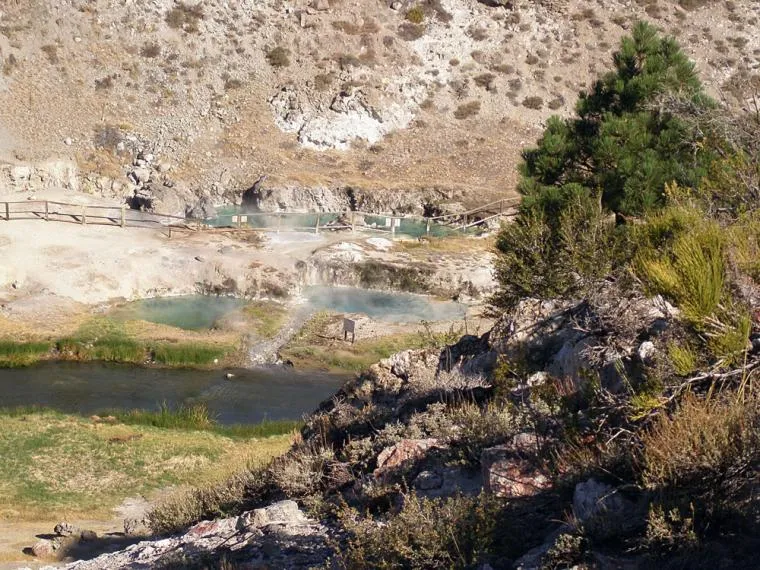Geometallurgy Program

Long gone are the days of loading a pick and a gold pan onto a burro and going off to pan gold nuggets out of a California stream. Nowadays, valuable ore deposits are deeply buried and ores themselves are chemically and mineralogically complex, hard to find and harder still to process. But they contain the raw materials for the next stage of society’s development, from solar panels to self-driving cars. How do we access the metals locked in these complicated, difficult ores?
The nascent field of Geometallurgy is devoted to answering that question through novel methods of chemical and mineralogical ore characterization and through seamless integration of geological, engineering, and metallurgical data. The University of Arizona is home to the only Geometallurgy program in the USA, begun in the Lowell Institute for Mineral Resources with funding from Newmont and Freeport-McMoRan. Faculty and students in the Department of Mining and Geological Engineering and the Department of Geosciences are working together to develop new and improved methods of analyzing complex ore mineral suites and testing their implications for mining and metallurgy. Mounting hyperspectral infrared sensors on drones and flying them over metallurgical test sites. Comparing sheet silicate mineralogy with the probability of mine highwall collapse. Building quantitative nanoscale models that pinpoint sources of error in routine characterization techniques. Analyzing leach residues to measure the degree of ore mineral dissolution. Most of all, developing research and teaching models that help geologists, engineers, and metallurgists work together across disciplinary barriers. Through these and other initiatives, UArizona’s Geometallurgy program is dedicated to helping today’s mining industry get ready to tackle tomorrow’s most challenging ores.
Since 2013, the Lowell Institute for Mineral Resources and the Department of Mining and Geological Engineering at the University of Arizona have integrated existing research capabilities with new hires and new analytical resources to form the Mineral Processing Research Group. The team includes Dr. Jinhong Zhang, the Freeport-McMoRan Chair in Mineral Processing and flotation expert; Dr. Brent Hiskey, longtime UA professor in extractive metallurgy and former Kennecott metallurgist; Dr. Jaeheon Lee, associate professor in mining engineering and former extractive metallurgist for Barrick Gold and Newmont Mining, and Dr. Isabel Barton, a geologist and Assistant Professor of Mining and Geological Engineering focusing on mineral and material characterization
With expertise in a variety of analytical and characterization techniques and in processing types ranging from roasting and smelting to grinding, flotation, and leaching, the mineral processing group has taken on a diverse array of research projects in gold, copper, iron, and molybdenum extraction, among others. Some of the current foci are:
- flotation testing and optimizing flotation circuits for hard-to-separate minerals
- mineralogical analysis and process design and optimization for different ore types developing new and more efficient hydrometallurgical techniques using bacterially mediated leaching
- characterizing material surfaces and hydrophobicity by atomic force microscopy (AFM)
- finding new ways to put millions of tons of mine tailings, fly ash, and other mine waste products to use as construction material.
- developing analytical techniques for rapid, quantitative measurement of trace element concentrations in minerals by laser ablation inductively coupled plasma mass spectrometry (LA-ICP-MS)
- sampling studies and sampling method design.
A constant theme of research is working with industry partners to investigate and solve ongoing recovery problems in operating gold, copper, and molybdenum mines.
The world-class processing expertise is matched with the UA’s superb analytical resources, including optical and scanning electron microscopes (SEM), electron microprobe, field-emission scanning electron microscope (FE-SEM), transmission electron microscope (TEM), powder and single-crystal X-ray diffractometers (XRD), X-ray fluorescence spectrometer (XRF), laser ablation inductively-coupled plasma mass spectrometer (LA-ICP-MS), atomic force microscope (AFM), and Raman and short-wave infrared spectrometers.

